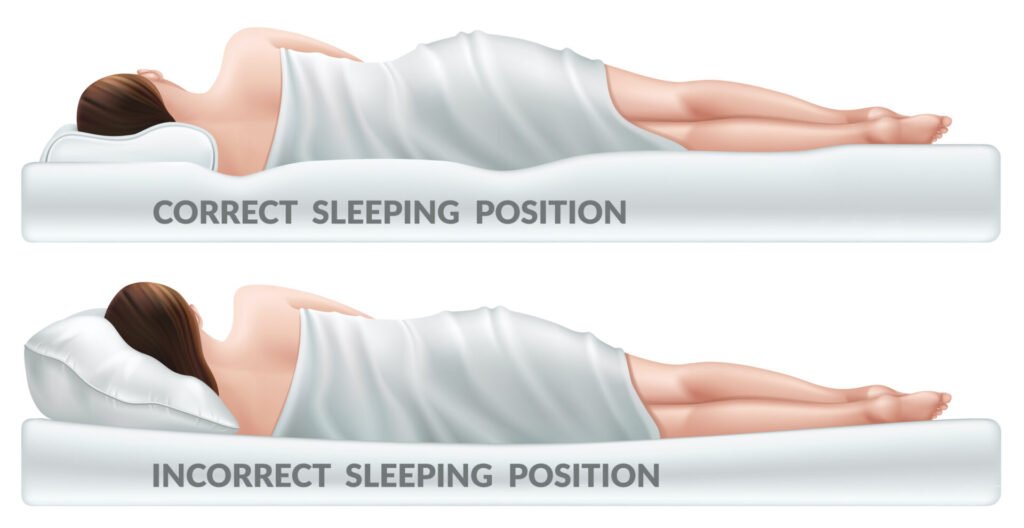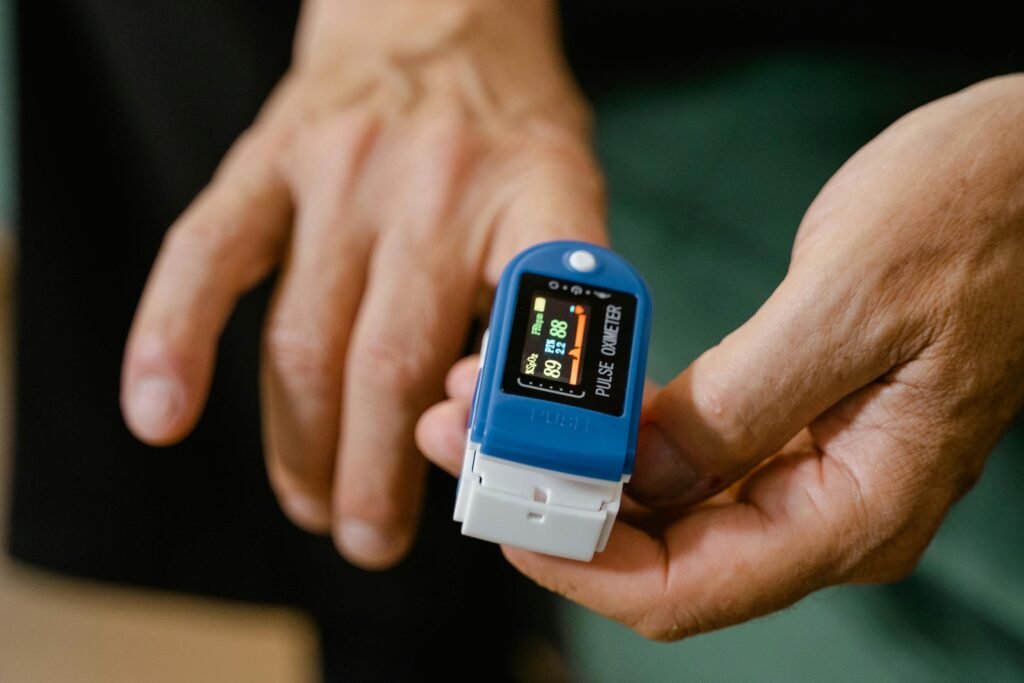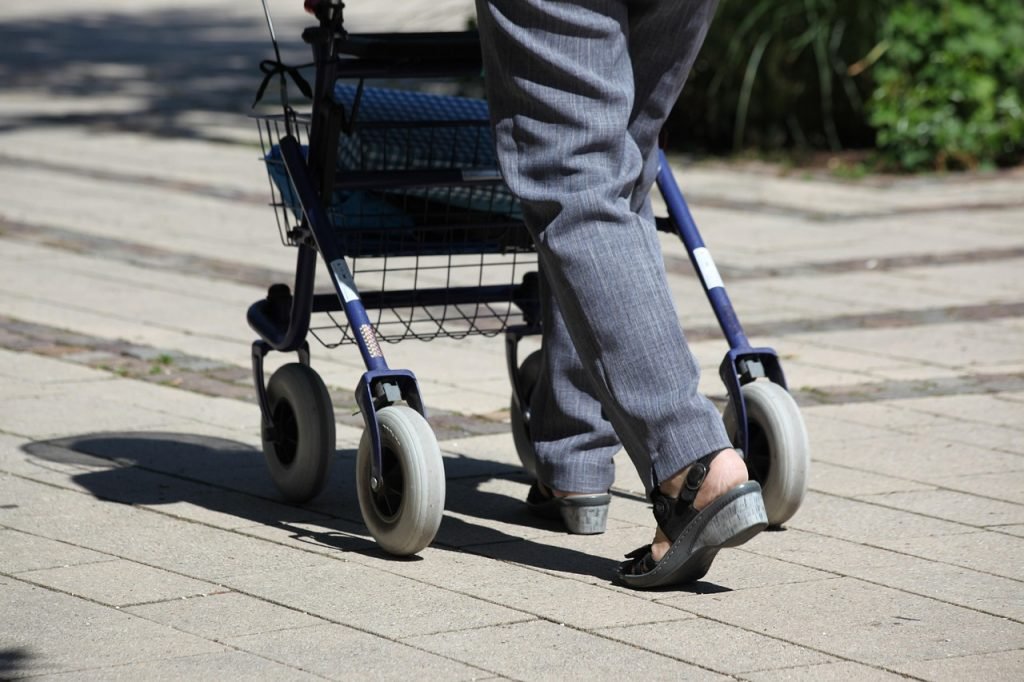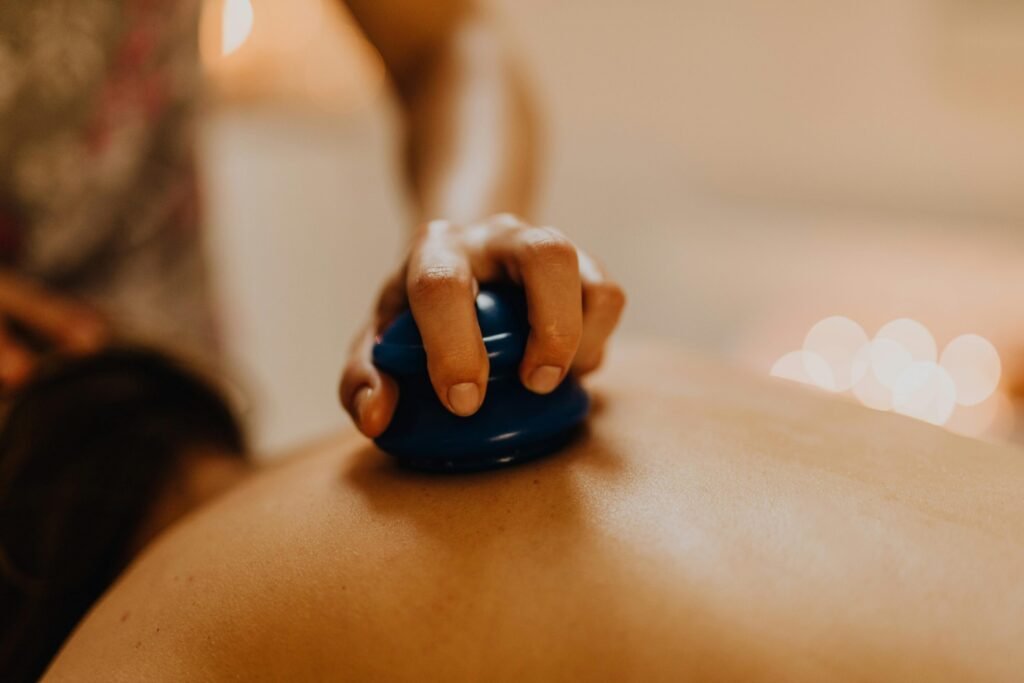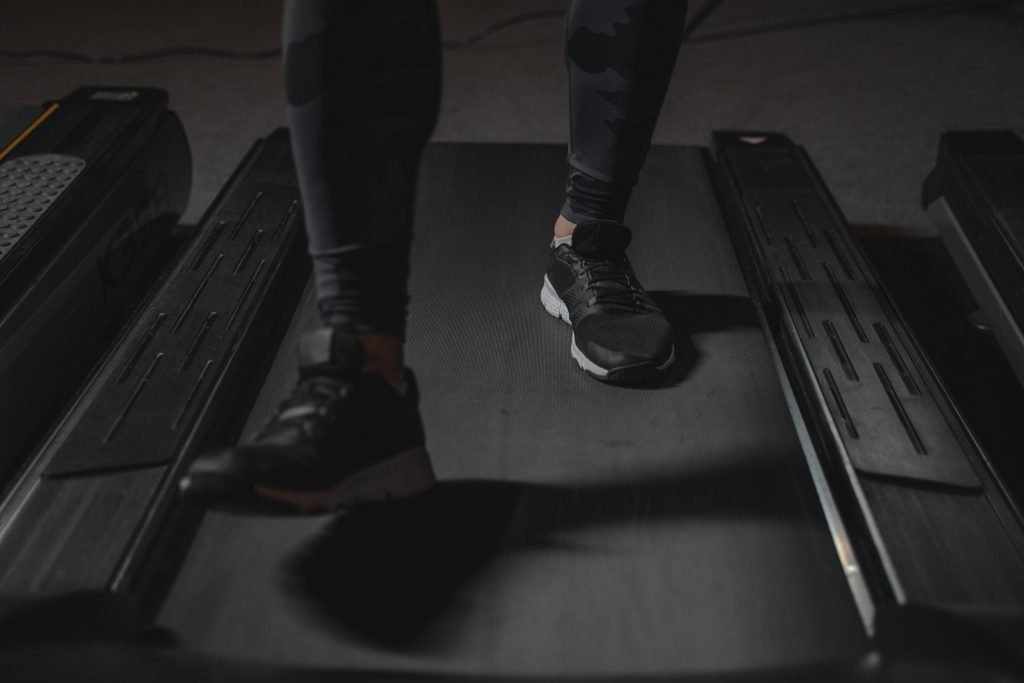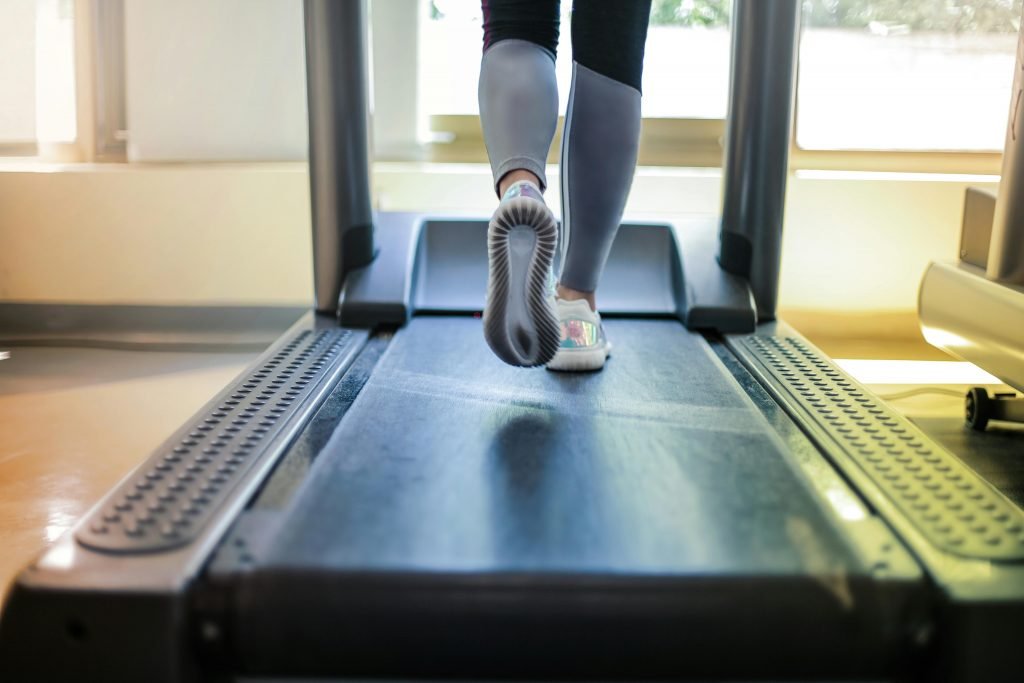Healing Benefits of Epsom Salt Soaks for POTS Therapy
Why Salt Bath Therapy Is Worth the Soak If you’ve ever soaked in a warm bath and felt your stress melt away, imagine taking it up a notch with Epsom Salt Soaks for POTS Therapy. Salt bath therapy has been used for centuries, not just for relaxation, but for a wide range of therapeutic benefits—from […]
Healing Benefits of Epsom Salt Soaks for POTS Therapy Read More »






